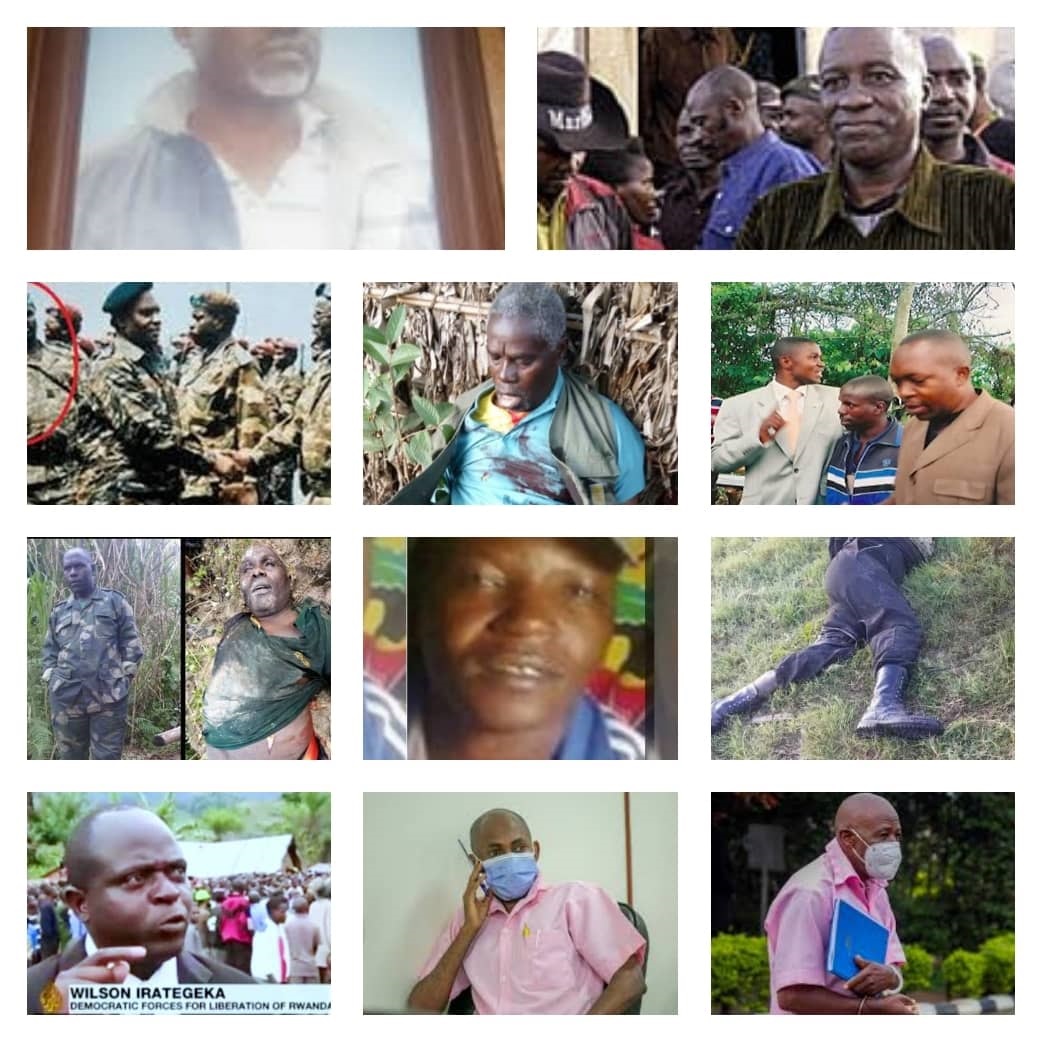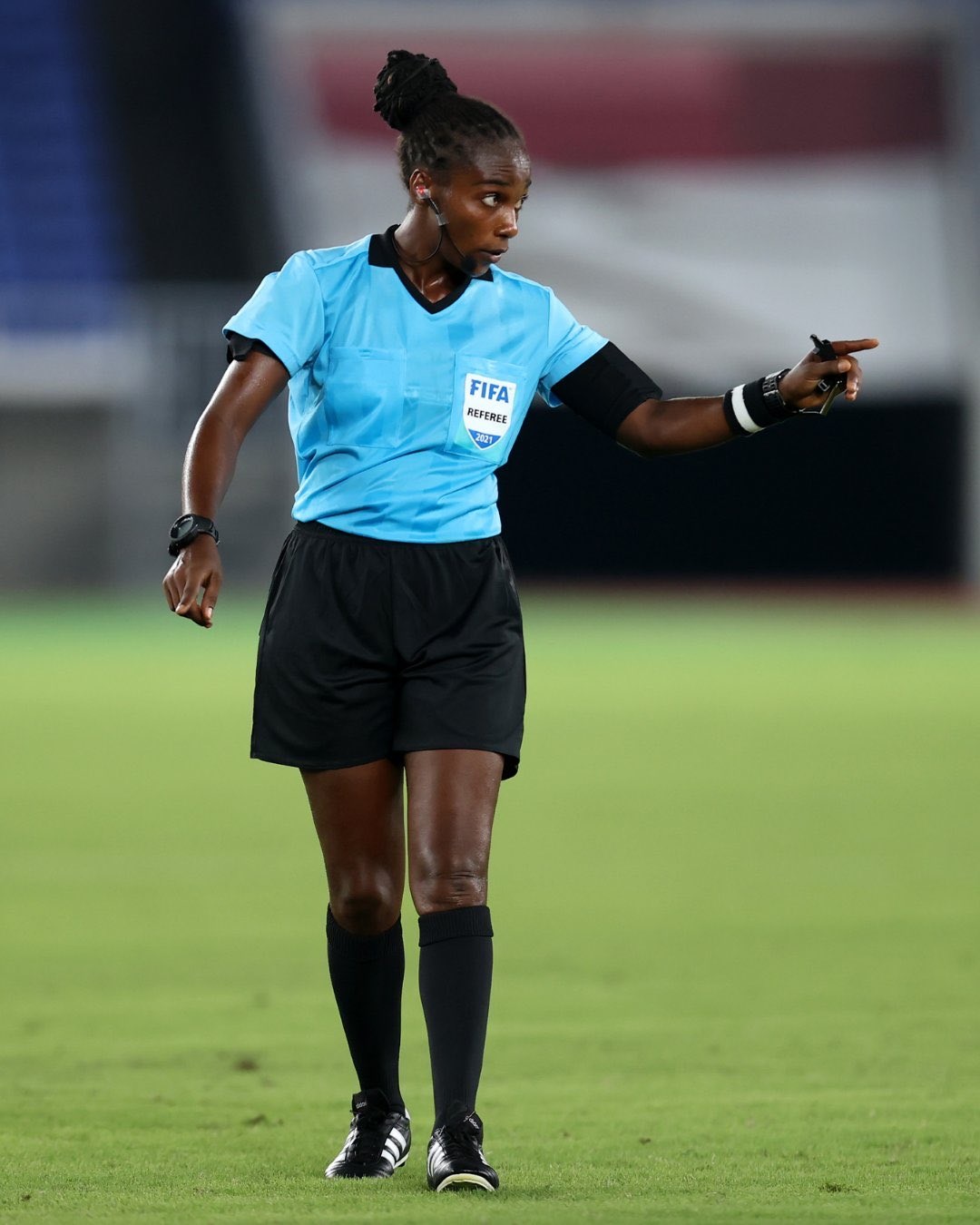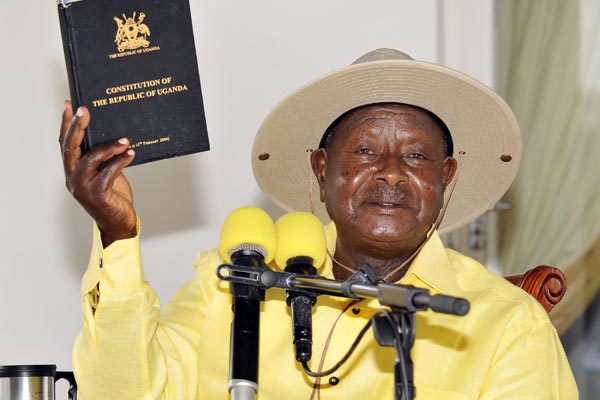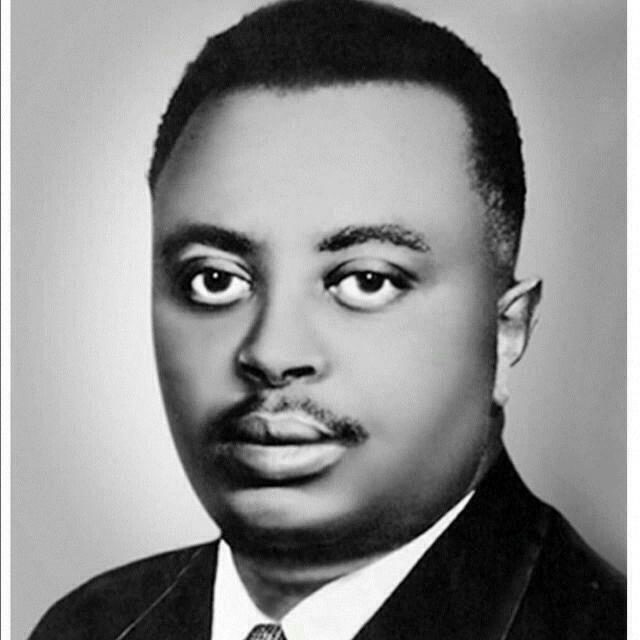Regional
The fate of Rwandan terror groups’ leaders; from Col Nkundiye to Rusesabagina

When
genocide convict Lt Col Tharcisse Renzaho - who was Mayor of Kigali during the 1994
Genocide against Tutsi - met some international journalists in Musanze, he told
them that the fall of Kigali on July 4, 1994 to the RPA was a tactical withdraw
and that they would take it back soon.
Renzaho
proceeded to flee from Musanze to Rubavu and those cities were respectively
liberated by the RPA on July 14 and 17, 2000.
July
17, 1994 marked the total defeat of the genocidal government which fled to the
then Zaire (current Democratic Republic of Congo) and formed camps in south and
north Kivu provinces in distances between two to 10 kilometres from Rwanda's border.
The government of Zaire didn’t disarm them but Tanzania did.
What
Renzaho told the media was a message of the genocidal government. Upon arrival
in Zaire, the refugee camps were transformed into military camps with military
trainings. The new Government of Rwanda protested this action. The then Vice
President, Maj Gen Paul Kagame, asked the UN Security Council to disarm
genocidal forces inside the camp and move them to distances far from the Rwandan border.
While
the reorganization and training were ongoing, the infiltration targeting the
survivors of the genocide against Tutsi started. On April 3, 1995, the
Rassemblement pour le Retour des Refugiés et la Democratie au Rwanda, or Rally
for the Return of Refugees and Democracy in Rwanda (RDR) was established in
Mugunga refugee camp, in eastern Zaire.
The RDR
birthed many other negative forces and the first one was The Army for the
Liberation of Rwanda (ALiR), the armed wing of the Party for the Liberation of
Rwanda (PALIR). ALiR, led by Col Leonard Nkundiye, invaded Rwanda in 1997.
Nkundiye was killed in mid-July 1998 and was replaced by his deputy, Lt Col Dr
Froduald Mugemanyi.
Following
the killing of the ALiR commander, the RPA intensified its offensive against
ALiR in the former Gisenyi and Ruhengeli
Prefectures and in some parts of former Kibuye and Gitarama prefectures. RPA
ground operations supported by airstrikes by helicopters weakened infiltrators.
Two weeks after Nkundiye's death, his successor, Mugemanyi, who was guarded by
ALiR special forces know as CRAP was also killed on, August 5, 1998.
Mugemanyi was heavy guarded because besides
being commander of ALiR, he was the man behind ALiR’s medical supplies.
He
was killed in the former Nyarutovu Commune, current Rulindo District, with his
60 soldiers. Twenty of his soldiers were killed as they tried to recover the
commander's body and medical equipment
and the drugs he was moving with.
When Nkundiye was killed, his body was seen by
the media and this weakened the morale of ALiR supporters. ALiR wanted to hide
the body of Mugemanyi which was identified by a former escort who had abandoned
the insurgents and joined the Government army.
After
the death of Mugemanyi, ALiR withdrew to Zaire and Maj Gen Rwarakabije took
over command when ALIR became FDLR (The Democratic Forces for the Liberation of
Rwanda) in 2000. Under Rwarakabije’s command, a group was sent to attack Rwanda
and its Commander, Col Pierre Habimana, alias, Bemera, was captured along with
his soldiers.
Col
Pierre Claver Habimana, Alias, Bemera
Their capture was one of the reasons Rwarakabije was motivated to return to Rwanda, in addition to calls made to him by the then Rwandan Chief of Staff, Gen James Kabarebe. Rwarakabije returned to Rwanda along with some senior officers like Maj Gen Jerome Ngendahimana.
Gen
Maj Paul Rwarakabije upon his return to Rwanda in 2003
Rwarakabije was replaced by Lt Gen Sylvestre Mudacumura who was the former
deputy commander of the Presidential Guard in Rwanda during the genocide.
Lt Gen Sylvestre Mudacumura Body of Lt Gen Sylvestre Mudacumura
In
2005, internal disputes between Gen Sylvestre Mudacumura and one of his brigade
commanders, Col Jean Damascene Ndibabaje, alias, Musare, led to the creation of
AN Imboneza, an armed group that allied to the FDLR/RUD Urunana faction.
Musare who was known to be brutal, asserted that he will get married in Rwanda after removing the RPF-led government.
Col Musare, who fled Rwanda when he was a Second-Lieutenant was killed on February 8, 2016 by Mai Mai militia.
Col Jean Damascene Ndibabaje, Alias, Musare in middle
Musare was replaced as RUD Urunana Commander by Gen
Juvenal Musabyimana, alias, Africa Jean Michel. Africa Jean Michel who was know
to have houses in Uganda and Congo-Brazzaville
was killed during Congolese army operations on November 9, 2019 in
Rutshuru District while trying to flee to Uganda.
Gen Janvier Musabyimana, Alias, Janvier Africa
After his death, Col Cyprien Mpiranya, alias, Kagoma, took command of RUD Urunana but after one year he was killed on August 29, 2020.
Col Cyprien Mpiranya, Alias, Kagoma
He was replaced by Col Emmanuel Rugema who was killed due to internal power disputes with Col Fayida and Capt Gavana. The Kinigi attack which took the lives of 14 innocent people occurred during the command of Rugema.
Body
of Col Emmanuel Rugema
Back
to FDLR, its strong Commander Lt Gen Sylvestre Mudacumura who was known to be
very discreet was killed early morning on September 18, 2019. He was killed
along with his military advisor Col Serge, his security chief Maj Gaspard and
FDLR Special Advisor Soso Sixbert.
On
May 31, 2016, a split within the FDLR gave birth to yet another group, the
National Council for Renewal and Democracy or CNRD-Ubwiyunge.
It’s
leader, Gen Wilson Irategeka who was the second Vice President of FDLR, had
decided to quit following months of disagreements with their President, Gen
Victor Byiringiro.
Gen
Wilson Irategeka
In
November 2016, CNRD-Ubwiyunge and PDR-Ihumure of Paul Rusesabagina formed a coalition
under the MRCD platform. In the end of
2017, the Rwanda Revolutionary Movement (RRM) led by Callixte Nsabimana joined
the platform and an armed wing affiliated to MRCD was named the Force de
Liberation Nationale (FLN). Rusesabagina became President of MRCD/FLN, Gen
Wilson Irategeka the first Vice President and the Commander of FLN while
Callixte Sankara became second Vice President and MRCD/FLN publicist.
In
April 2019, the then Rwandan Minister of Foreign Affairs, Dr Richard Sezibera,
told a press conference that Sankara was arrested in The Comoros and transferred
to Rwanda. After a few days he was paraded to the media. When the latter was
arrested, the MRCD/FLN leader, Rusesabagina, told BBC that he was not
discouraged by his arrest. On different media platforms, Nsabimana Callixte on
behalf of MRCD/FLN claimed reponsability of the deadly attacks in south west
Rwanda.
Rwandans
especially the victims of the FLN attacks were surprised in the morning of
August 31, 2020 when the images of Rusesabagina, handcuffed, and guarded by
Police officers were circulating on social media.
Rusesabagina’s
trial along with his co-accused was livestreamed and he was sentenced to 25
years in prison after being convicted with terror related charges. Callixte
Nsabimana was sentenced to 20 years. The commander of FLN, Gen Wilson Irategeka,
was reportedly killed by the Congolese army in 2020, in South Kivu Province.
Callixte
Nsabimara, Alias, Sankara
When
Rusesabagina declared war against Rwanda, he didn’t look at history, otherwise
he could have known that there is no single armed group which succeeded. As
President Paul Kagame has said before, “No one will betray Rwanda and get away
with it.”
Paul
Rusesabagina
“Regardless
of who you are, there will be consequences and if you declare war on Rwanda
with intention to destabilise the country, the people and their property, never
complain if you get a beating.”






